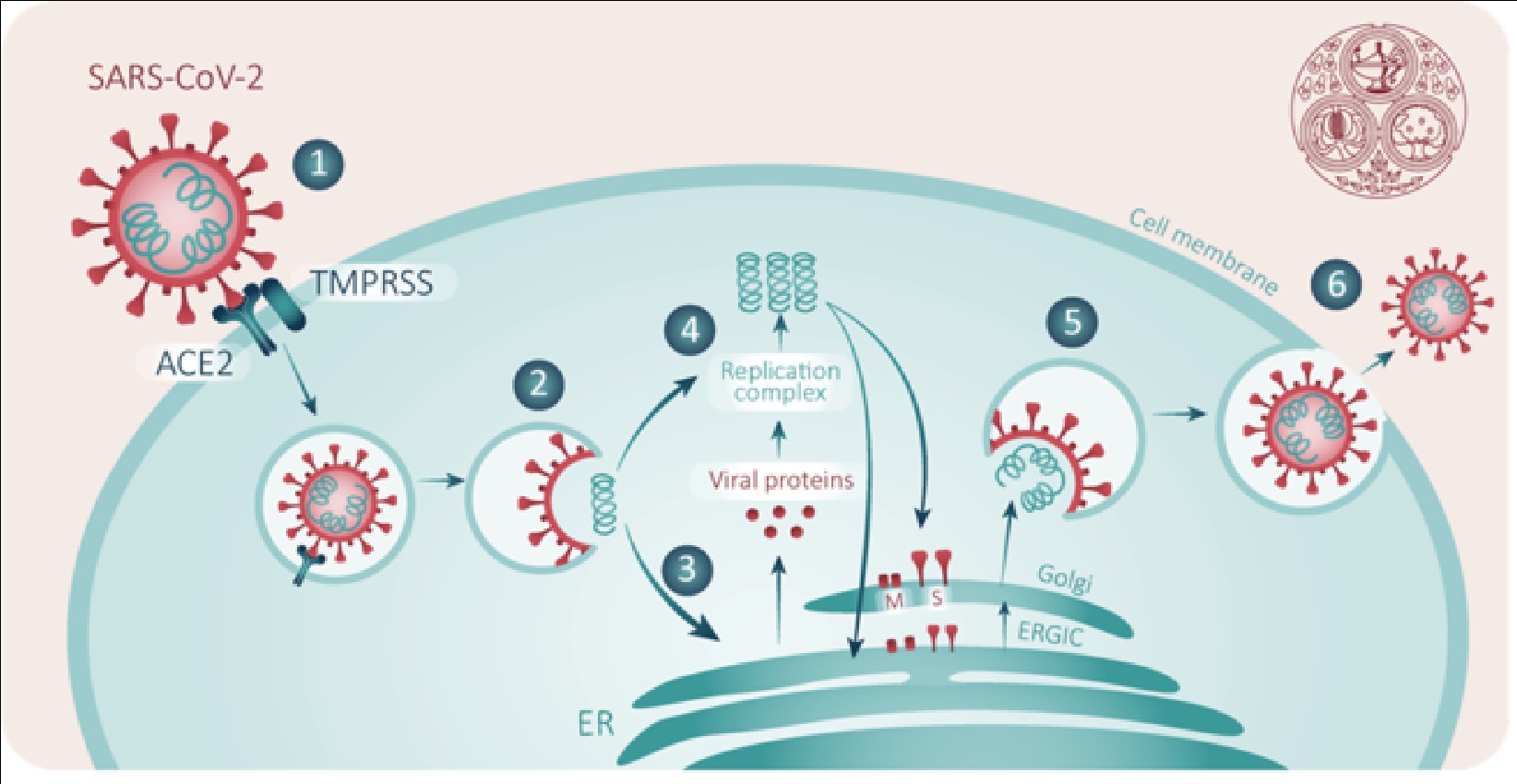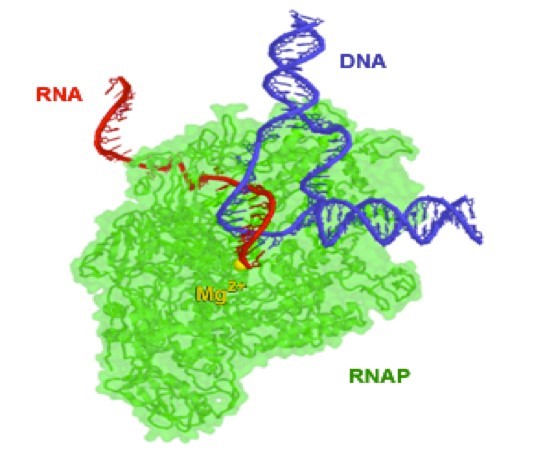Annals of Medical & Surgical Case Reports
ISSN 2652-4414
Volume 02; Issue 05
Short Commentary
Proposal Methodology to Prevent SARS Cov2 Infection by Deactivating RNA Polymerase
Luyen TV*
Vietnam Atomic Energy Institute, Vietnam
*Corresponding author: Tran Van Luyen, Vietnam Atomic Energy Institute, Vietnam, Tel: +84 963103189; Email: luyen.tranvan@gmail.com
Citation: Luyen TV (2020) Proposal Methodology to Prevent SARS Cov2 Infection by Deactivating RNA Polymerase. Ann Med &Surg Case Rep: AMSCR-100063
Received date: 23 May, 2020; Accepted date: 16 June, 2020; Published date: 22 June, 2020
Abstract
SASR COV2 is infecting over the world. That is the biggest corona-virus pandemic from the last flu pandemic in 1918 until now. Too many efforts are done to prevent the pandemic, but effective success is still expecting. In which, looking for a vaccine is a long time to hope. In this paper, the deactivation of the RNA polymerase enzyme is proposed. The radioactive isotope of Mg is used to replace the stable Mg in an active site of the enzyme. The method is simple to understand and easy to be done. Hoping that this method will be discussed and accepted and it needs the collaboration of the interdisciplinary scientists.
Keywords: Cloning RNA;RNA replication; Radioactive isotope; SARS-CoV2 infection
Introduction
SARS-CoV2 itself cannot reproduce because it does not replicate itself see the Figure 1 [1,2]. So it has to ask the host cell to clone RNA for help. When SARS-CoV2 enters the human cell, they continue to delve into the cell nucleus and use the host's RNA polymerase (RNAp) to clone its RNA. It is conceivable that the human patient’s RNAp is an RNA replication machinery of SARS CoV2. The multiplier depends on many factors and elaborate studies are required to determine it. The viral RNA after cloning combines with its specific proteins in the human patient cell's cytoplasm that it creates to new SARS-CoV2s then emerges from the host cell and continues to infect other cells with the same replication process as above. There are several ways to limit SARS-CoV2 infection.
Our proposed option is to prevent SARS-CoV2 from replicating RNA by deactivating the host cell's RNAp with the use of Magnesium radioisotope.
(1) Spike protein on the virion binds to ACE2, a cell-surface protein. TMPRSS2, an enzyme, helps the virion enter. (2) The virion releases its RNA (3) Some RNA is translated into proteins by the cell’s machinery (4) Some of these proteins form a replication complex to make more RNA (5) Proteins and RNA are assembled into a new virion in the Golgi and (6) released.
RNAp is a cofactor enzyme composed of a specific protein in green color, see the Figure 2 [3-6] combined with metal Mg ions located in the active site. The function of the enzyme is to clone RNA molecules, was taken from the DNA molecule in the cell nucleus. The role of Mg ions is very important and indispensable. In the absence of Mg ions, the enzyme is inactivated and the replication of the RNAs is stopped. After mRNA, tRNA, and RNA were cloned, they help to synthesize specific cellular proteins.
The radioactive nucleus when the beta decaying will transform into the nucleus immediately behind it due to an increase in a positive charge. In the case of Mg, decay beta will transform into Al, and if Al continues beta decay it will turn into stable Si.
A proposal methodology
Assume that a stable Mg ion in RNA polymerase can be replaced with beta decay isotope, Mg28. Mg28 has a half-life of 21 hours, emitting 3 beta particles with different energies, accompanied by gamma rays, X-rays, and bremsstrahlung radiation. When Mg28 decays, it converts to radioisotope Al28, this isotope continues to decay beta then converts to stable Si28. Both of the following isotopes are within the RNAp activity site but they are not the same as a cofactor of the enzyme. As a result, RNAp is inactivated. RNA replication of the SARS COV2 virus was stopped.
Possible consequences and side effects:When the SARS CoV2 RNA is not cloned, the infection process is stopped. We can look at how superior is this radioisotope therapy and what side effects it might have. That is:
The invitroexperiment tests the proposed methodology:Experimental lots: lung cell is cultivated in Petri disk with and without Mg28 traces, and not infected and infected with SARS CoV2.
Test criteria:
Discussion
This is the idea for the method of inactivating RNA polymerase by radioactive isotope Mg28 without any experimental evidence to verify it. Logically, SARS COV2 has only one way of replicating its RNA through the host cell's RNAp, so stopping this unique clone can stop the spread of SARS COV2. There have been many studies on inactivation of RNAp with natural and artificial chemical compounds [4,5] but it seems that the success of these trials is still a dream. The method of using radioactive isotope Mg28 to inactivate RNAp is a completely new method, which is very simple in theory and easy to experimentally verify. Compound (Mg28)Cl is commercially tested [6].
Recommendation
After the methodological testing, methodology can be applied in animals, preclinical experiments and clinical trials. It is thought that if this less expensive method is successful, the effect will be tremendous. It is recommended that epidemiological, biological and medical scientists work together to test this method. The author will be pleased to participate with scientific advisory function in the field of nuclear physics and methodology.

Figure 1: SARS-CoV-2 Replication Cycle. [1,2].

Figure 2:The RNAp structure in 2D [3].
Citation: Luyen TV (2020) Proposal Methodology to Prevent SARS Cov2 Infection by Deactivating RNA Polymerase. Ann Med &Surg Case Rep: AMSCR-100063